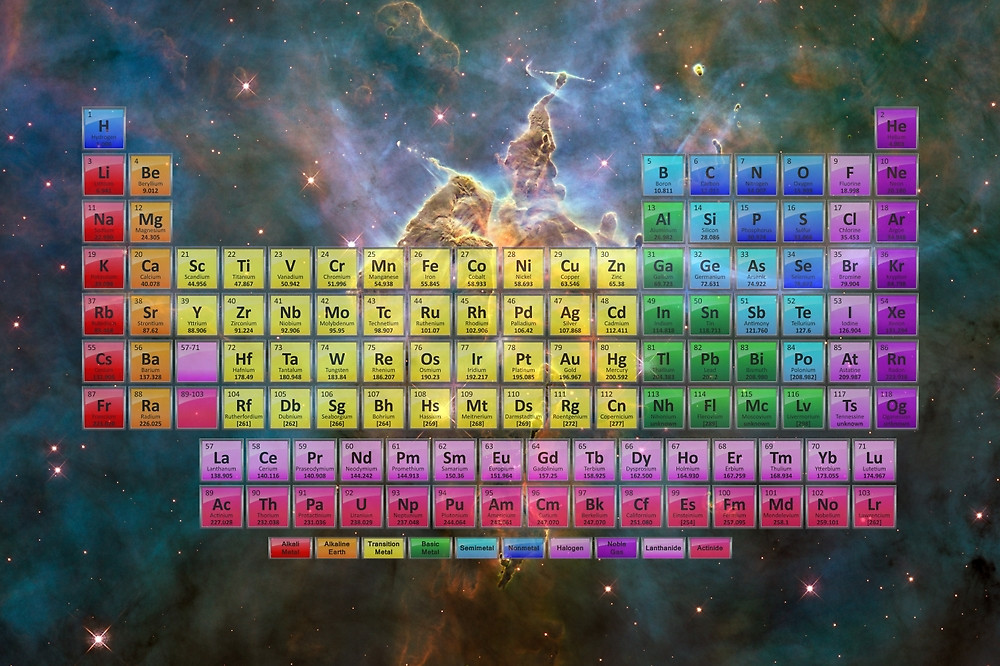Introductory Astronomy for Undergraduates
Appendix I
|
Astronomical Constants |
|
|
Name |
Value |
|
astronomical unit (AU) |
1.496 × 1011 m |
|
Light-year (ly) |
9.461 × 1015 m |
|
parsec (pc) |
3.086 × 1016 m = 3.262 light-years |
|
sidereal year (y) |
3.156 × 107 s |
|
mass of Earth (MEarth) |
5.974 × 1024 kg |
|
equatorial radius of Earth (REarth) |
6.378 × 106 m |
|
obliquity of ecliptic |
23.4° 26’ |
|
surface gravity of Earth (g) |
9.807 m/s2 |
|
escape velocity of Earth (vEarth) |
1.119 × 104 m/s |
|
mass of Sun (MSun) |
1.989 × 1030 kg |
|
equatorial radius of Sun (RSun) |
6.960 × 108 m |
|
luminosity of Sun (LSun) |
3.85 × 1026 W |
|
solar constant (flux of energy received at Earth) (S) |
1.368 × 103 W/m2 |
|
Hubble constant (H0) |
approximately 20 km/s per million light-years, or approximately 70 km/s per megaparsec |
Cosmology is the scientific study of the large scale properties of the universe as a whole. It endeavors to use the
scientific method to understand the origin, evolution and ultimate fate of the entire Universe. Like any field of science,
cosmology involves the formation of theories or hypotheses about the universe which make specific predictions for phenomena
that can be tested with observations. Depending on the outcome of the observations, the theories will need to be abandoned,
revised or extended to accommodate the data. The prevailing theory about the origin and evolution of our Universe is the
so-called Big Bang theory.

(Credit : Science Notes )